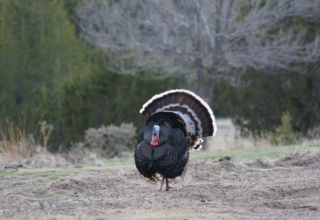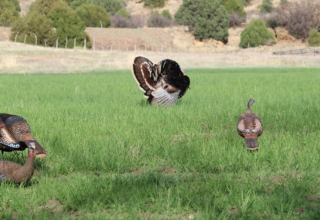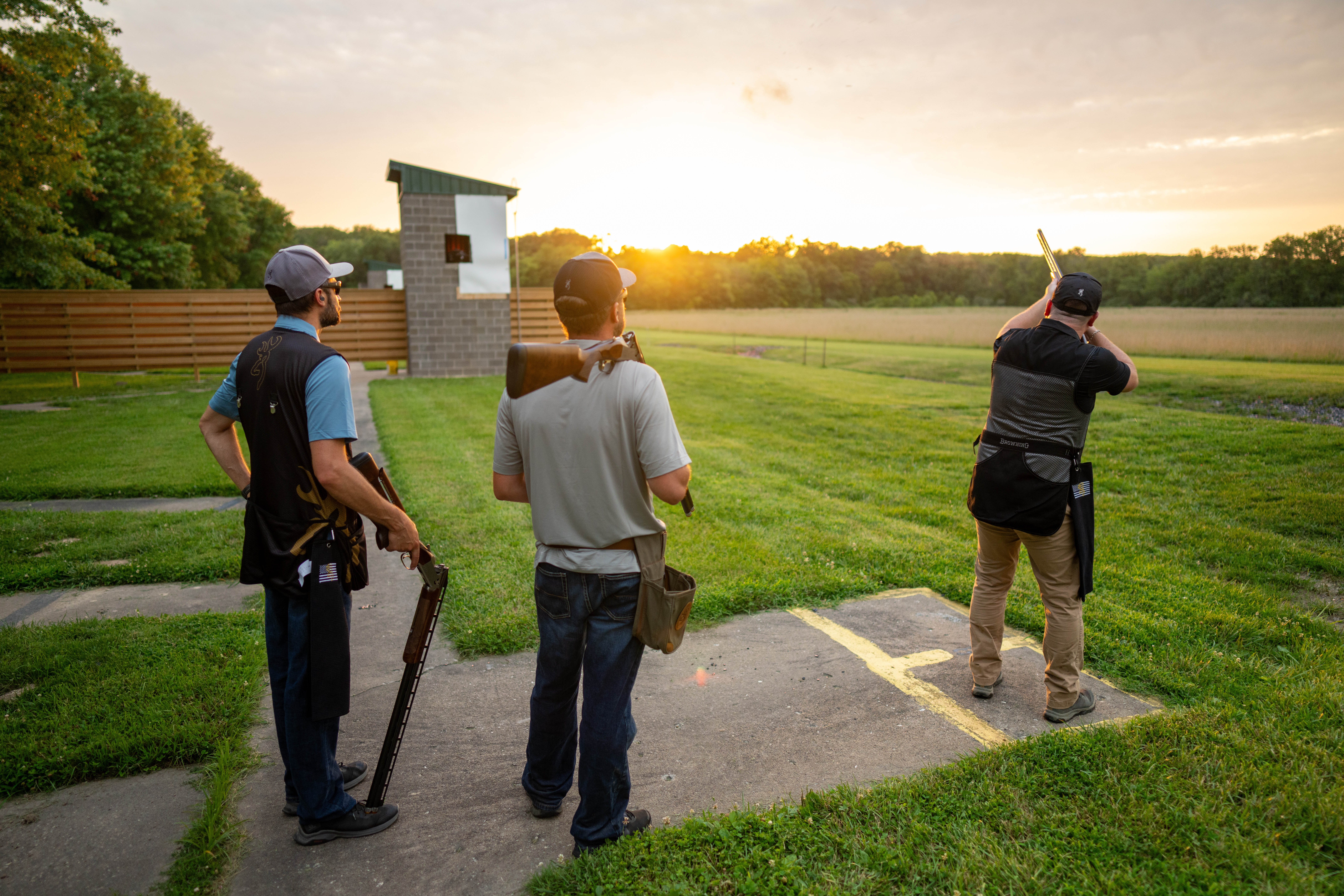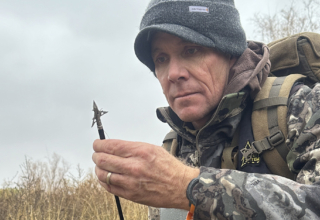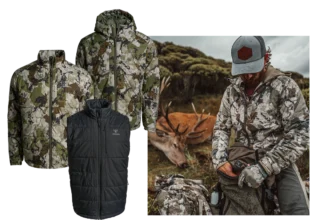Bowhunting turkeys is fun. Bowhunting turkeys is also remarkably challenging. Heed the to-come dos and don’ts, and you’ll make spring of 2024 one to remember.
by Jace Bauserman
Few things in hunting are as satisfying as jellying the head of a longbeard with a load of #5s. I do it as often as possible. Still, I’m a bowhunter at heart, and every spring, I embark on a stick-and-string turkey run. Most years, that run takes me to multiple states. Last spring, I was blessed to complete my second Wild Turkey Grand Slam. I used my trusty Hoyt to arrow four subspecies of the wild turkey in four states.
During my time bowhunting turkeys, I’ve learned a lot. There are several dos — things you want to do to stack the odds of success in your favor. There are also several don’ts — things that will cripple your chances of walking out of the woods heavier than you went in.
Another thing I love about bowhunting turkeys is that, in several states, it gets me out in the woods before the shotgun masses.
Do #1 – Be A Flexible Bowhunter
I have bowhunted turkeys from the 18th of March to the end of May. During that timeframe, changes in weather, food sources, and rut activity dictate turkey behavior. You will often need to adjust your tactics to punch a tag.
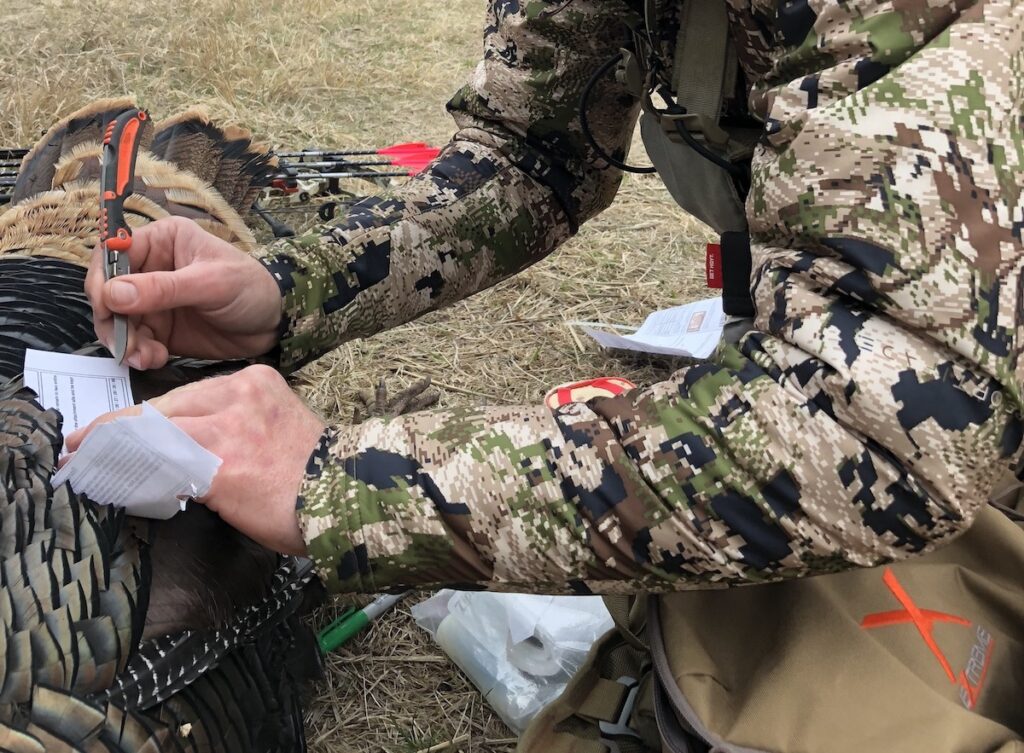
When most hunters think of bowhunting turkeys, they see a five-sided hub-style blind with a bowhunter inside dressed like a ninja. They see decoys set between 8 and 15 yards from the ground blind, and most often, the setting is a field edge or a clearing in the timber.
I don’t disagree. During my archery turkey tenure, I’ve killed more birds out of a ground blind and over decoys than any other tactic. However, there have been times (several of them) when I wouldn’t have punched my tag if I had stayed with this tactic.
Case In Point
After a lengthy public land research session using my HuntStand app, I located a prime turkey roost along a winding creek bottom that gave way to a grassy, sage-dotted flat.
My app told me the distance from the trailhead to the area I’d pinned was six miles. I didn’t want to carry a 20-plus-pound ground blind and decoys that far. So, I opted for a tactic that has put plenty of turkeys in the frier and fans on the wall. I took my Ultimate Predator Gear Stalker Turkey, folded it up, stuffed it in my pack, and went walkabout.
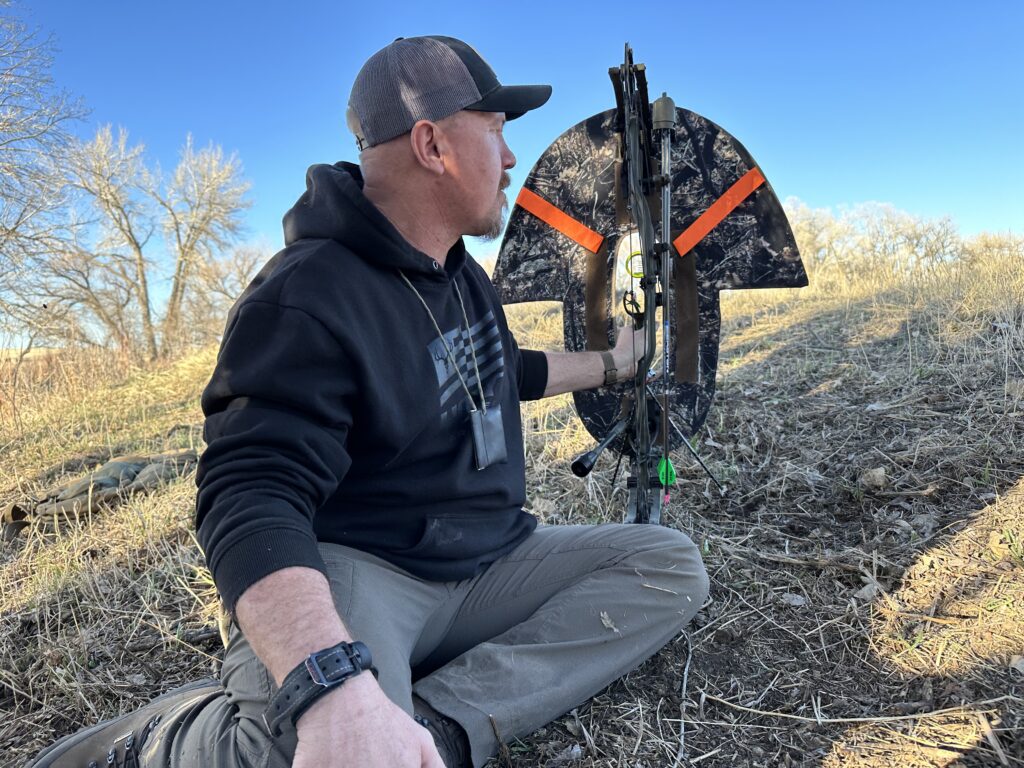
When I reached the sage flat, it was 9 a.m. Multiple gobblers were courting hens, and after attaching the bow-mounted UPG decoy to my bow and using the terrain to slip within 120 yards of the most boisterous bully in the bunch, good things happened.
I used a large sagebrush to show the live tom bits and pieces of my full-strut UPG Stalker Turkey. I tilted and twisted my bow to simulate movement, and using the bush, it made it appear that a new boy bird had wandered close and was subtly trying to earn a hen’s attention.
That tom fell to a well-placed under-five-yard Easton. Never go to the turkey woods without a bow-mounted decoy. I have used the decoy successfully many times in the West’s open landscapes and in Midwest farm fields to bring a longbeard bowhunting close.

Don’t #1 – Badger The Roost
Because many archery turkey seasons come in before shotgun seasons, it’s common to find roosts holding many birds. Eventually, warm weather and the rut will break these groups up, but early in the spring, I’ve seen roosts with as many as 60 birds.
Most trees lack vegetation, meaning spying on black blobs in the treetops is easy. Not to mention that a pile of birds makes a lot of noise. Though it’s hard to resist, stay away from the roost. Don’t hunt too close to it in the morning, and don’t hunt too close to it in the evening.
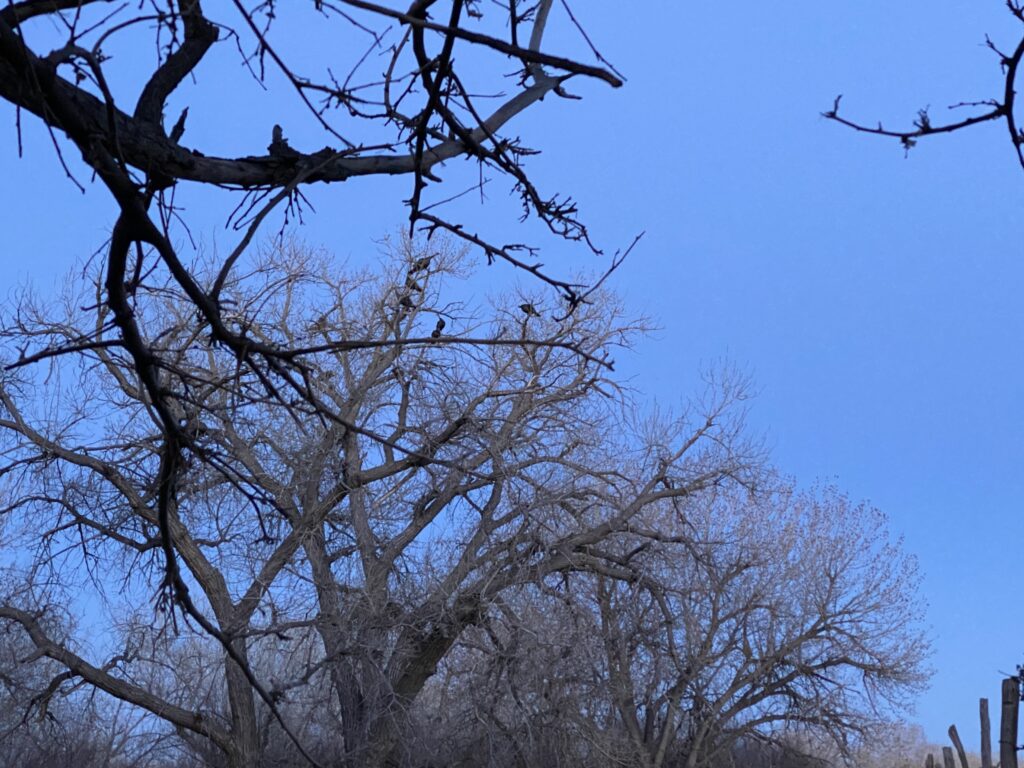
Do your scouting, find where birds want to be at different times of the day, and hunt them away from their roosts. If you don’t ruffle the roost, you can hunt the large flock for an extended period. Ruin the roost early in the season, and you could find yourself on the struggle bus. Leave it alone, and chances are good you’ll have birds to hunt all season long, even after warmer weather and the rut’s progression spread birds out.
Do #2 – Take Your Time … You Have Lots Of It
I speculate that more turkeys are hit and lost by archers each year than most all other big-game animals combined.
Why?
Vitals are small, and heavy ebony feathers make finding an exact aiming point difficult. But, also, birds are close, excitement is through the roof, and bowhunters rush the moment of truth.
Early in my archery turkey career, I rushed lots of shots. I would draw from my ground blind when the bird was at 30 yards and closing on the decoys. Then, I would shoot before he even reached the imposters.
Today, the SHOW is what I want. A turkey’s body language and vocality will tell you all you need to know about whether you have a tom that is pot-committed or one that you need to shoot as soon as possible.
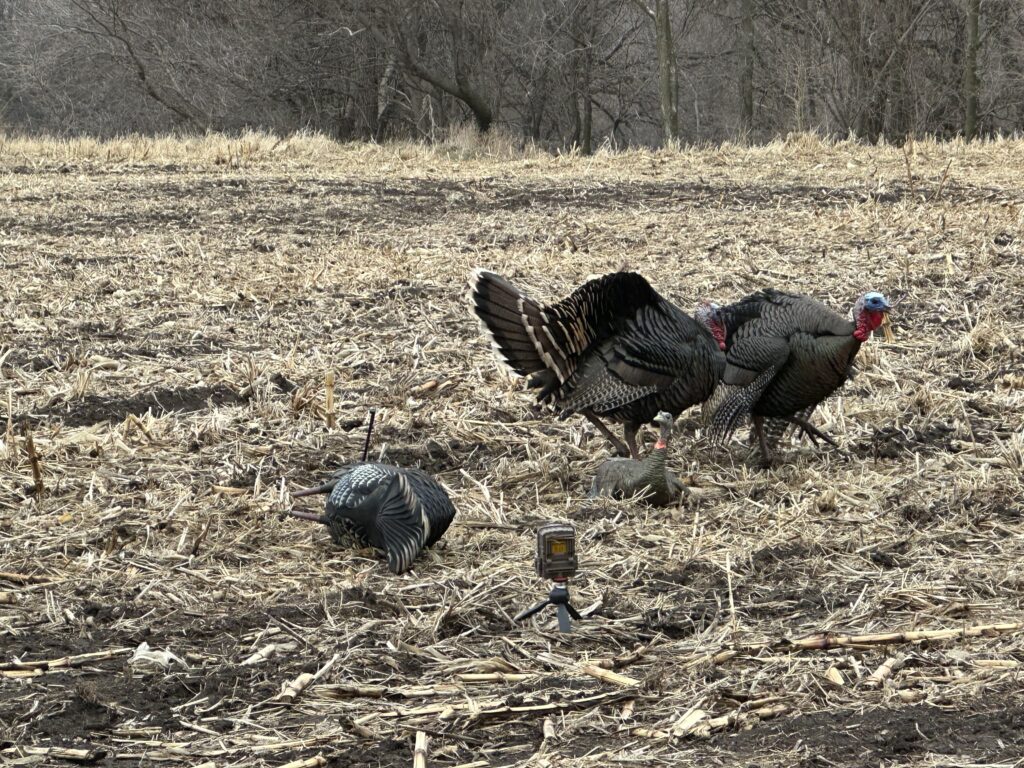
Case In Point
I was in a unique situation while hunting Osceola gobblers in Florida this past season. Unable to reach the ground blind because multiple birds were on the field, I opted to toss out a 1/4-strut jake decoy, a laydown hen, and a feeding hen on a two-track pasture road. Flexibility, remember?
Next, I got the sun to my back and blended into the heavy Florida brush. Minutes later, after a few calling sequences, none of which merited a vocal response, two gobblers charged down the road.
Knowing I had no ground blind to fully disguise myself, I let the strutting pair of toms come in and kick, peck, and flog the jake decoy for over 40 seconds.
When toms stay in strut or go in and out of strut regularly, they aren’t going anywhere. They are entirely fooled and will often gobble and put on a show. When boy birds act like this in and around the decoys, you have all the time in the world. Now, if a tom suddenly drops strut, points his tail to the ground, and starts bee-bobbing away using short, quick steps, it’s time to anchor up and send carbon. Unless that happens, enjoy the show and wait for the best shot opportunity.
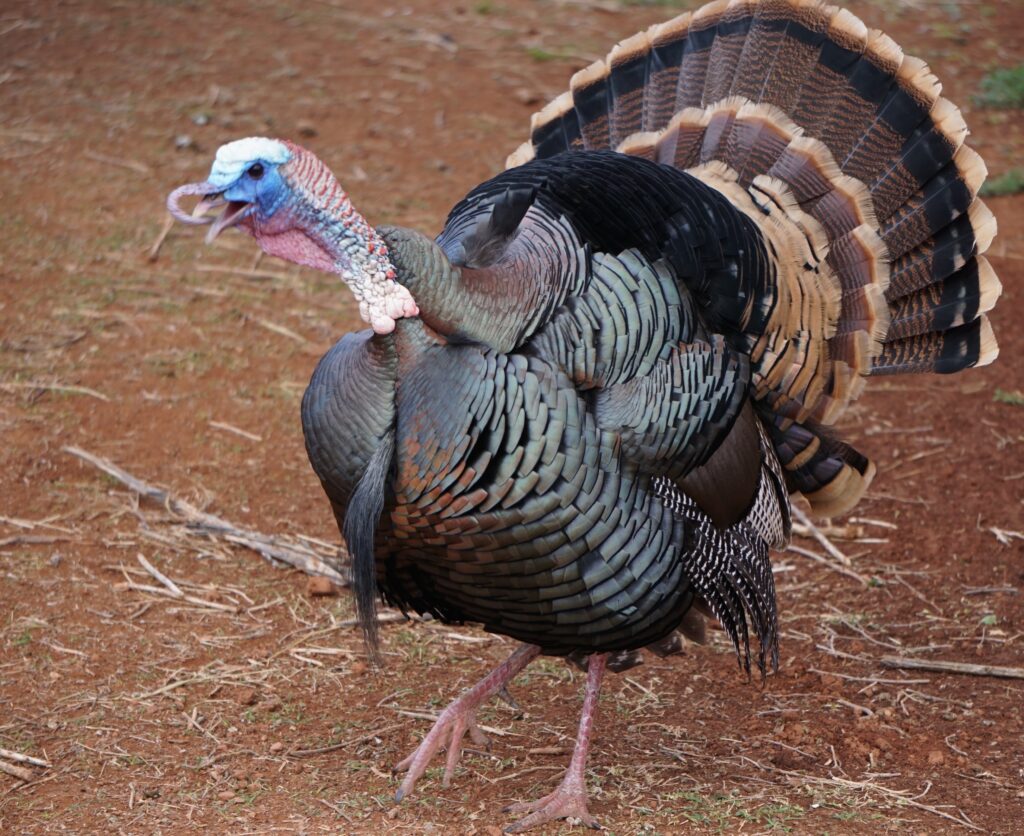
I waited until both toms were mesmerized by the decoys. When both toms went into strut and turned away from me — their fans blocking their vision — I drew, anchored, and pounded the most prominent bird.
Don’t #2 – Shoot A Fixed-Blade Broadhead
I don’t mind some heckling between the fixed-blade broadhead and mechanical camps when it comes to big-game hunting. However, there should be no dispute or even discussion regarding turkey hunting.
You are doing yourself an incredible disservice if you bowhunt turkeys with a fixed-blade broadhead.
Why?
Cutting diameter!
Most fixed-blade broadheads have a max cut diameter of 1-1/4 inches, and many are less than that. Cutting diameters of 2 inches or larger are common when shooting an expandable.
Turkeys have a wall of feathers but are thin-skinned and hollow-boned. My son pulls 48 pounds, and last season, he carved up a pair of birds with marginal shots, shooting SEVER’s 2.0. You don’t need a ton of penetration, and often, I’m just fine with a big mechanical blade staying inside the bird and causing more internal damage.
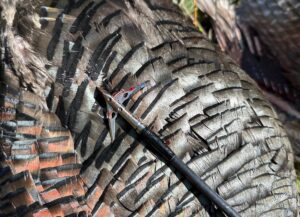

We already covered how turkeys have small vitals and how aiming points are rarely ultra-defined. A large-cut-diameter mechanical system gives you much more room for error.
There you have it: two dos and don’ts. Buckle up and enjoy friends; few things are more fun than spring turkey season. And whether spring of 2024 marks your first turkey season in the woods with a bow or your fiftieth, the advice in this article will put more meat in the freezer.


